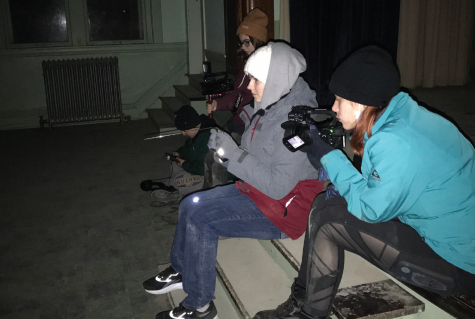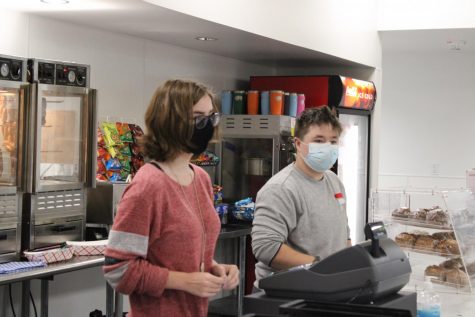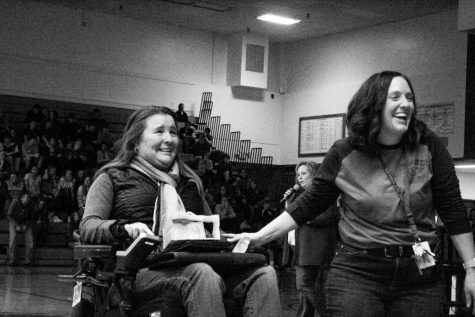Iron Man IRL: Piloted Mech Inbound
March 14, 2017
An American designer and a Korean company have created a piloted robot called Method-1 to help assist in the cleanup of the 2011 Fukushima incident. Standing at 13 feet tall, the “mech” has a human operator within the cockpit and looks as if it’s from a science fiction movie.
The American designer who worked on the mech is Vitaly Bulgarov. You may not know him but you’ve most likely seen his work in movies such as Transformers, Robocop, and Terminator along with games like Starcraft and World of Warcraft.
Working side by side with a recently formed Korean company called Korea Future Technology, they built Method-1. It isn’t clear how it will assist in cleaning up, as the fuel rods being removed from the reactor along with some of the fuel is the aim of the Japanese government. This could be hard due to Method-1 using a pilot system where a human controls the mech from within its body as “an exoskeleton”. This would expose the human to radiation and its effects. The mech could just be doing the heavy lifting and removing the debris that was left by the earthquake and the tsunami in 2011.
The Japanese government might not allow the human piloted mech to go in because human safety is of the utmost concern to the government and any attempts to remove the fuel and fuel rods would most likely lead to radiation poisoning or similar effects on the pilot.
Unfortunately, the Fukushima plant isn’t only affecting Japan, but the Pacific Ocean as well. An American researcher reports that large amounts of cesium have been found 1,500 miles of the north coast of Hawaii and the initial waves arrived off the shore of British Columbia. Small leaks continue to happen, but Yuichi Okamura of Tokyo Electric Power co. says the mess shall be cleaned up by 2020.
In Japan on March 11 of 2011, reactors 1, 2, and 3 of the Fukushima Nuclear plant had a meltdown after the Tohoku earthquake and tsunami. The meltdown was rated a 7 on the INES scale. An estimated 81,000 people were evacuated within a 20 km radius of the plant.
It was estimated that there was around 1,000 deaths from the evacuation but none were due to radiation. Most of the deaths were caused from stress related to having to evacuate and abandon their homes.
According to the World Nuclear Association, 90% of the deaths were persons over 66 years of age. 70% of the them were within the first three months of evacuation. Premature deaths related to the incident causes were as follows: (1) somatic effects and spiritual fatigue brought on by having to reside in shelters; (2) Transfer trauma – the mental or physical burden of the forced move from their homes for fragile individuals; and (3) delays in obtaining needed medical support because of the enormous destruction caused by the earthquake and tsunami.
Most of the radiation levels were with in normal and livable limits. Unfortunately most of the inhabitants are yet to return home according to the World Nuclear Association.











